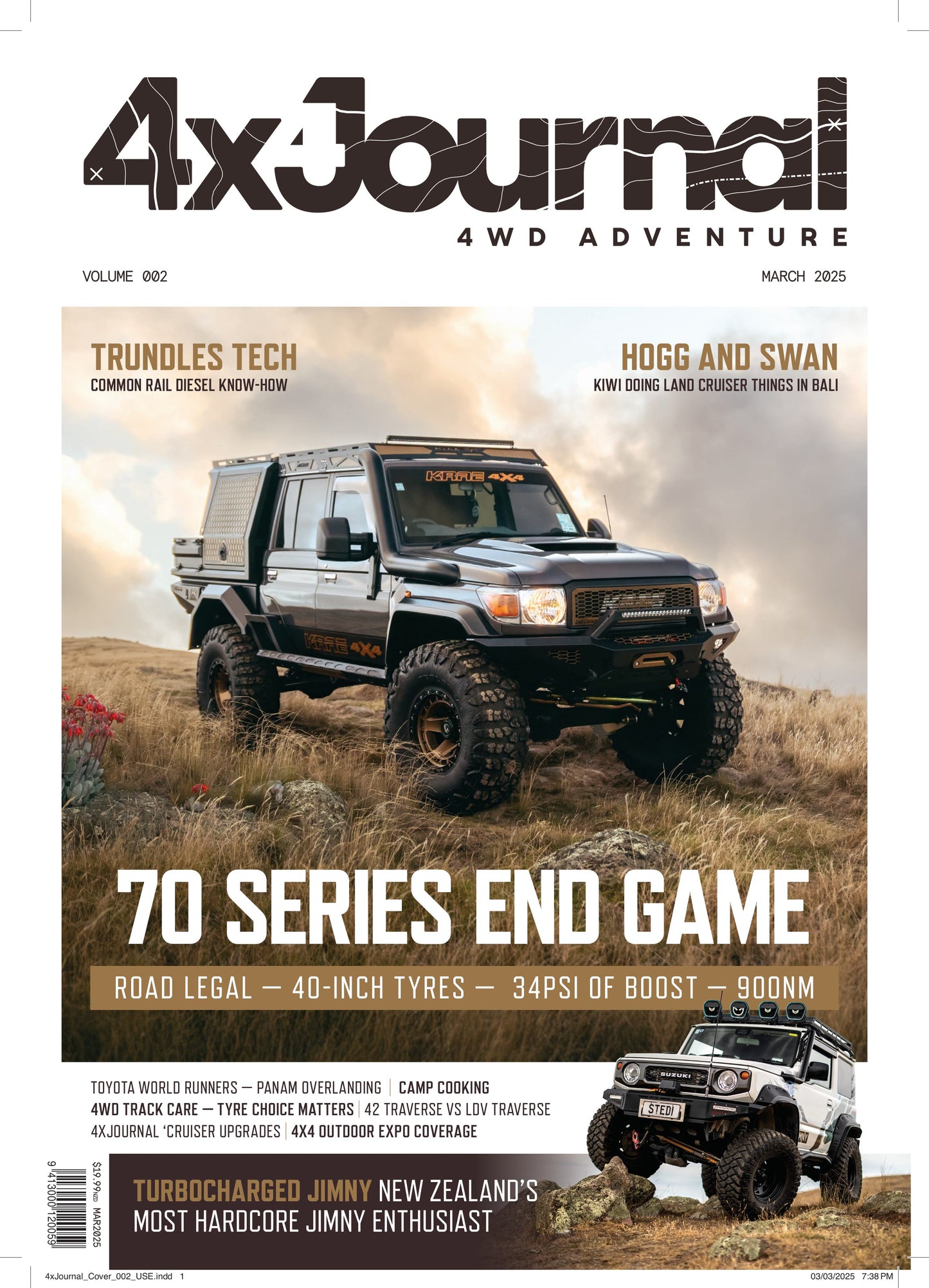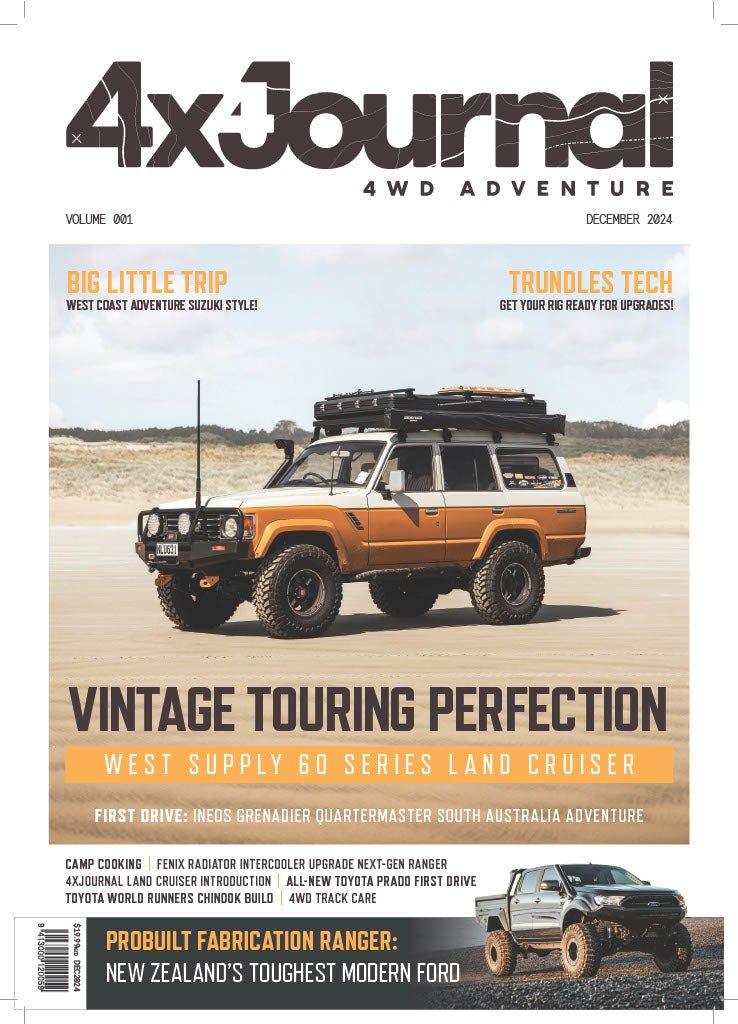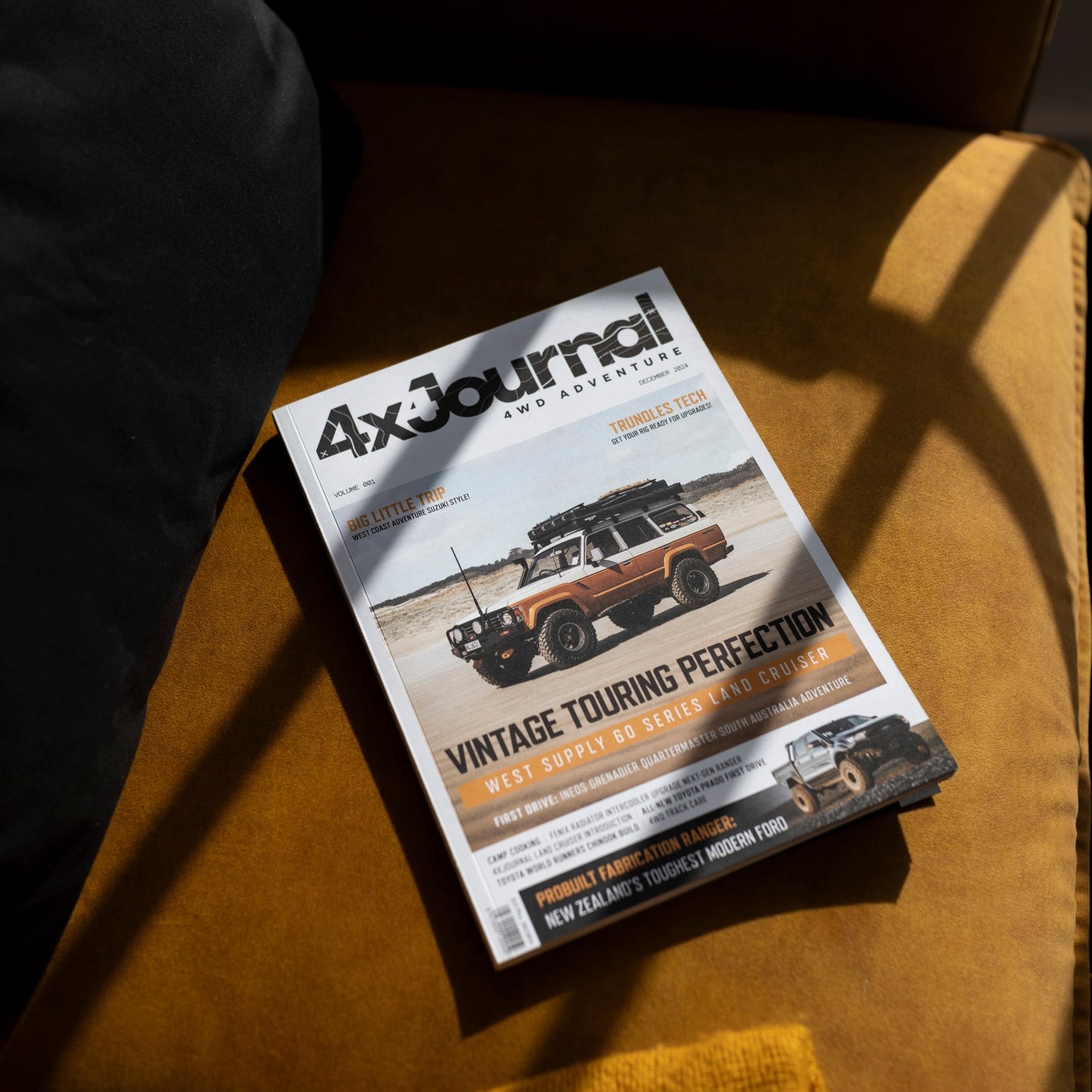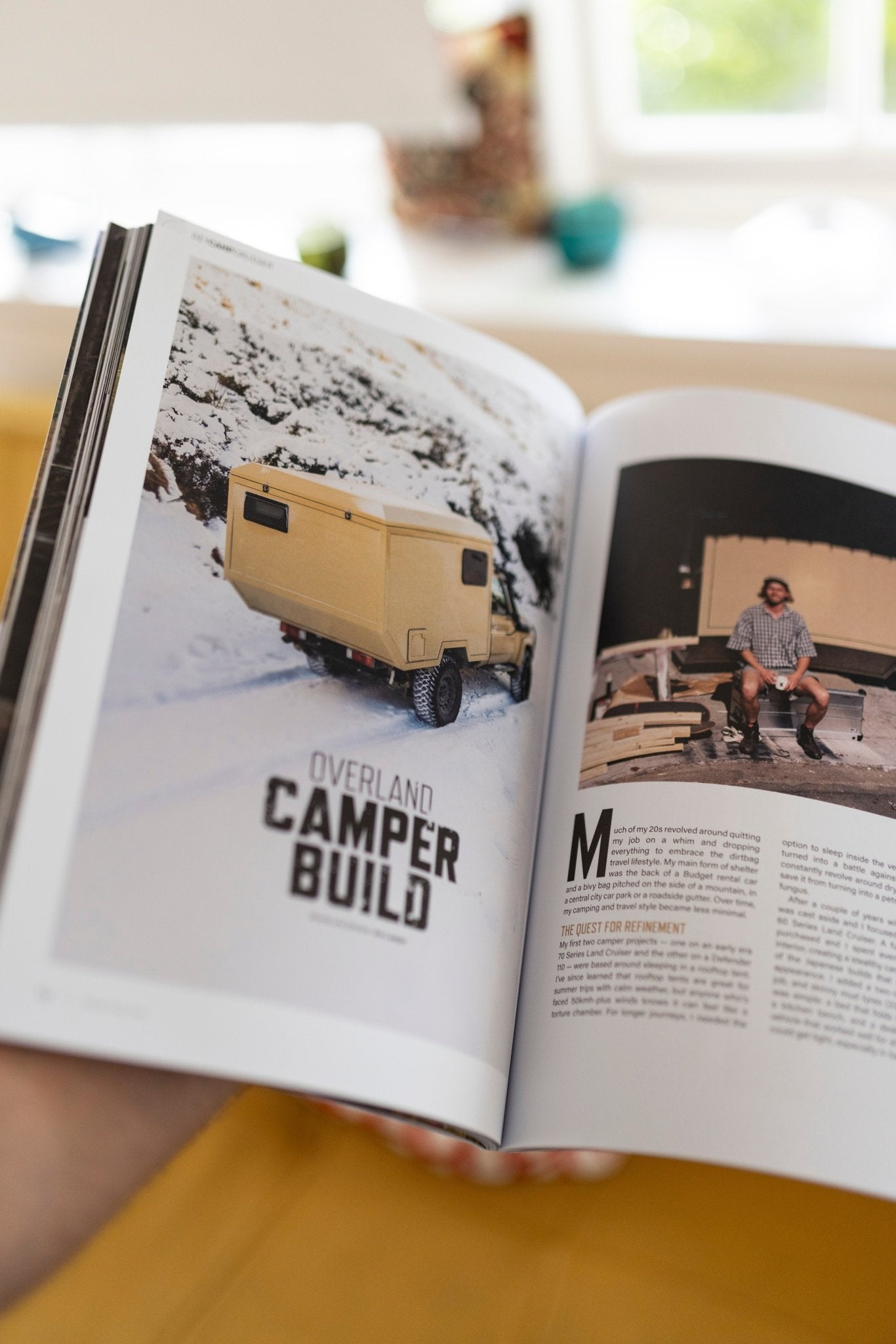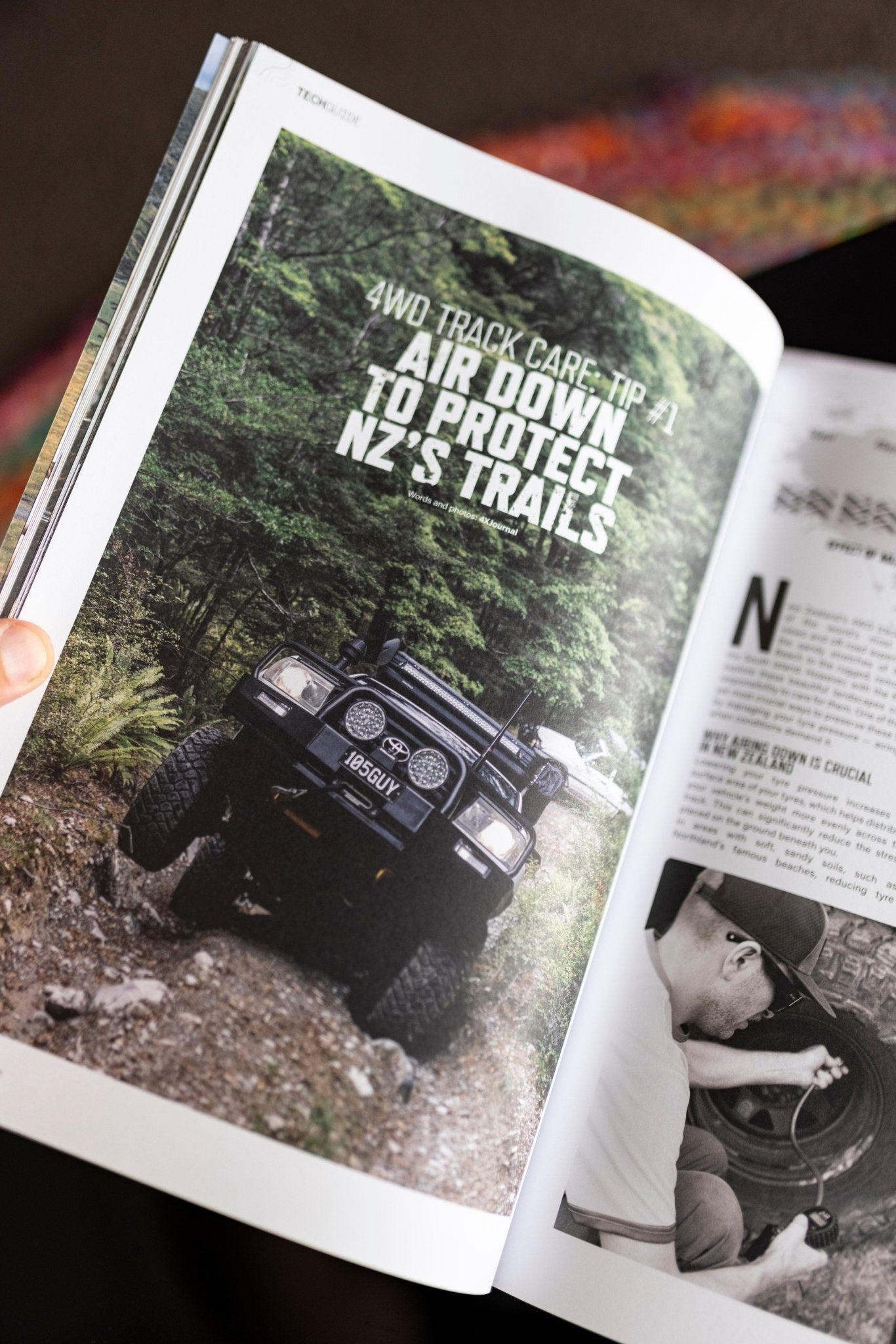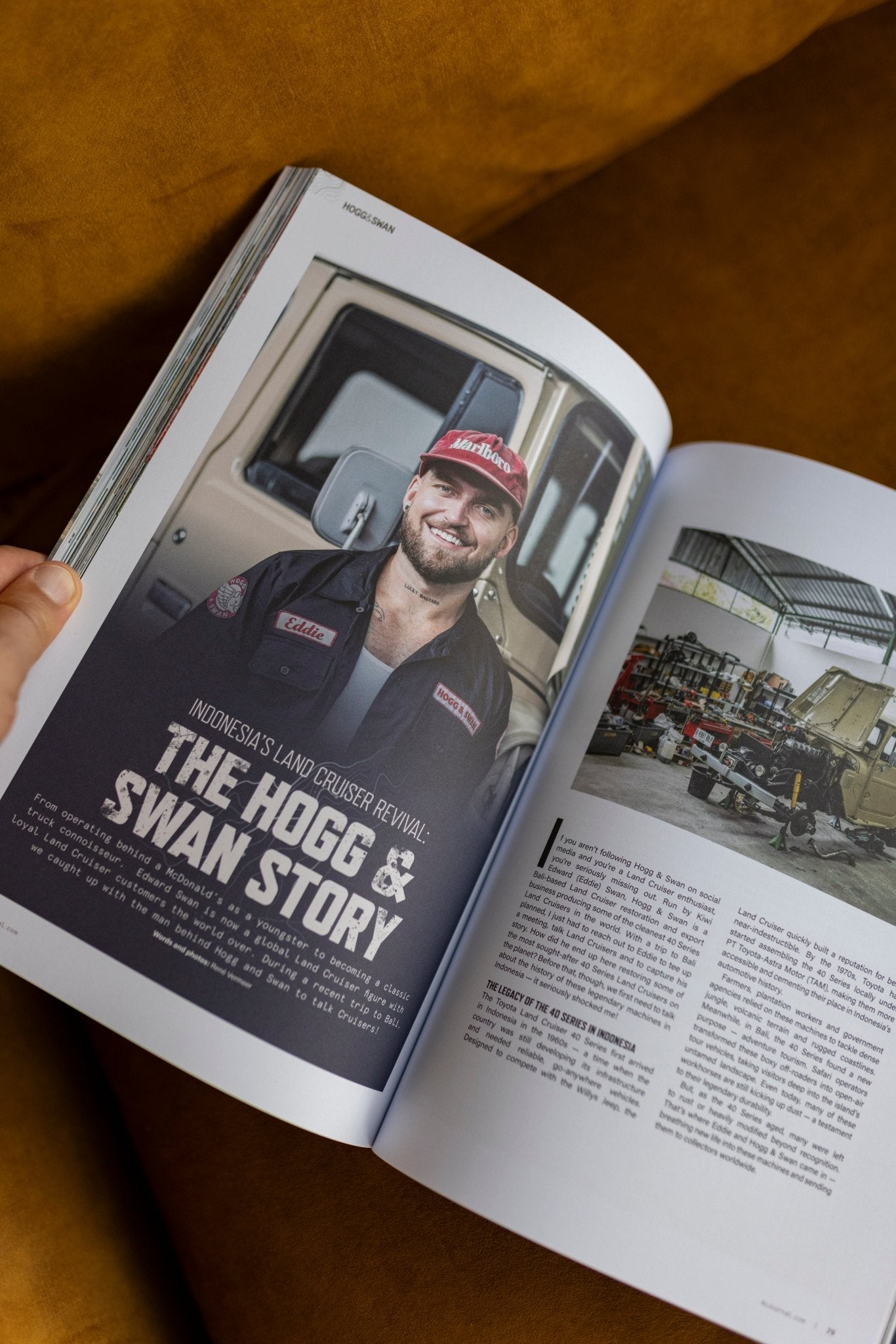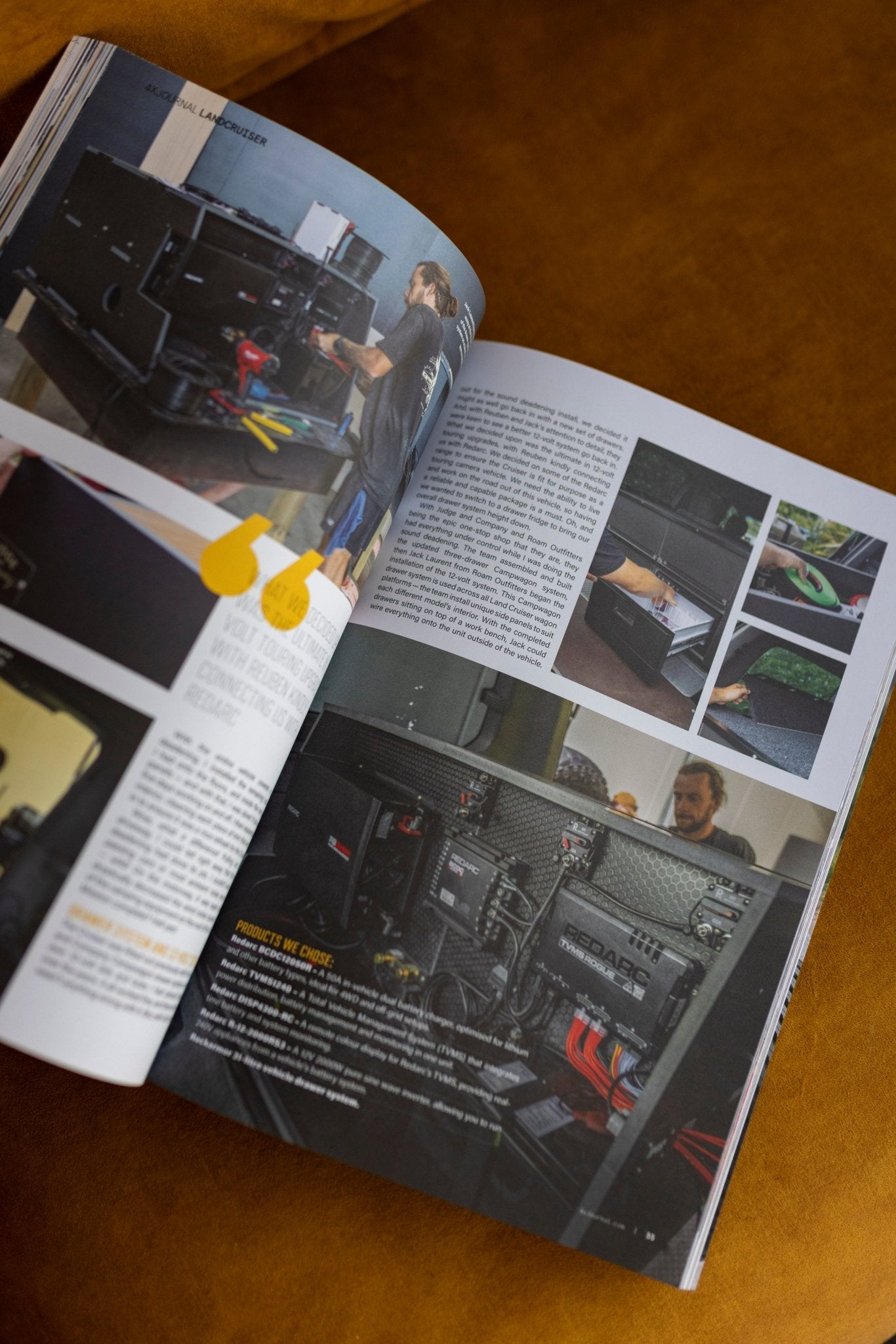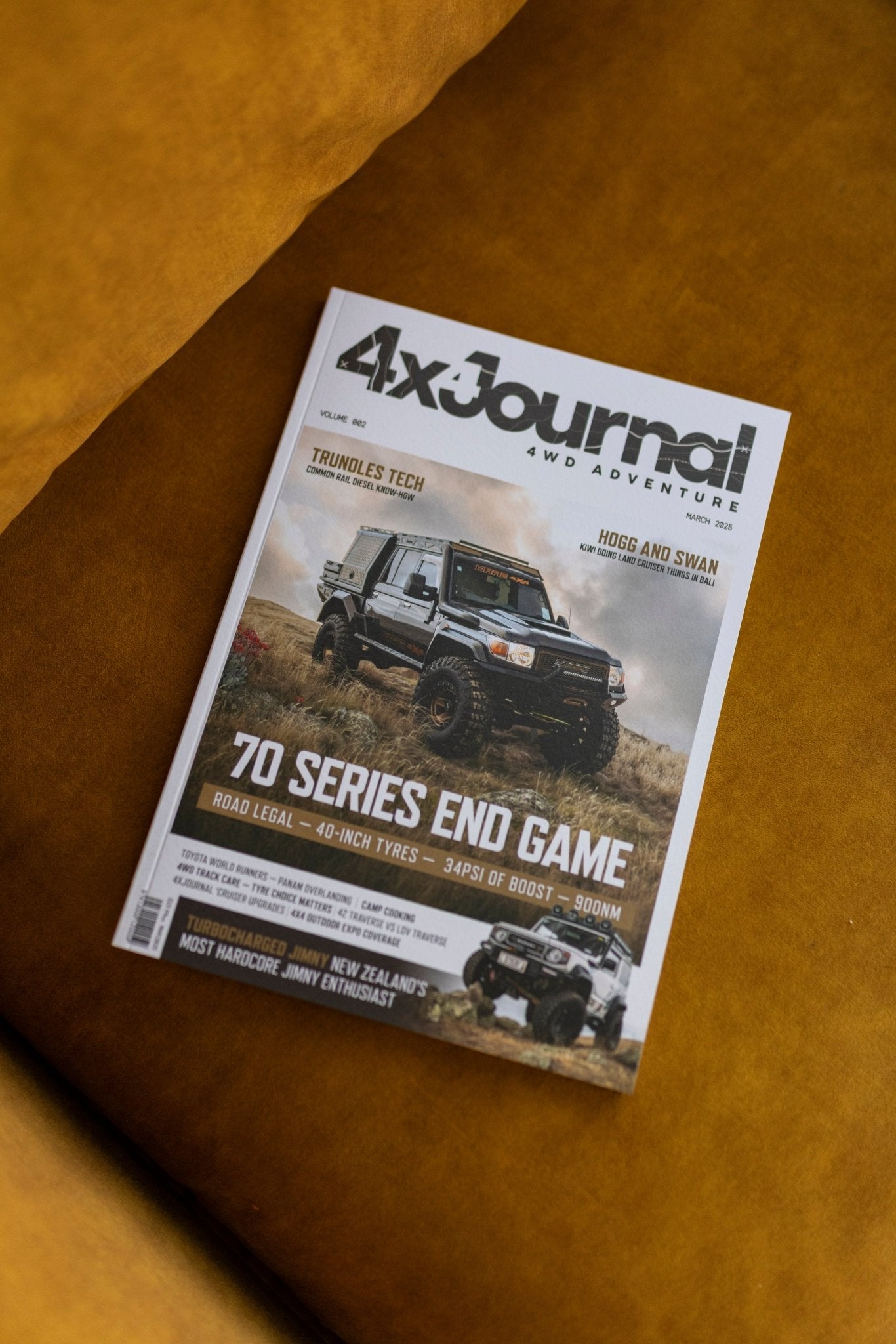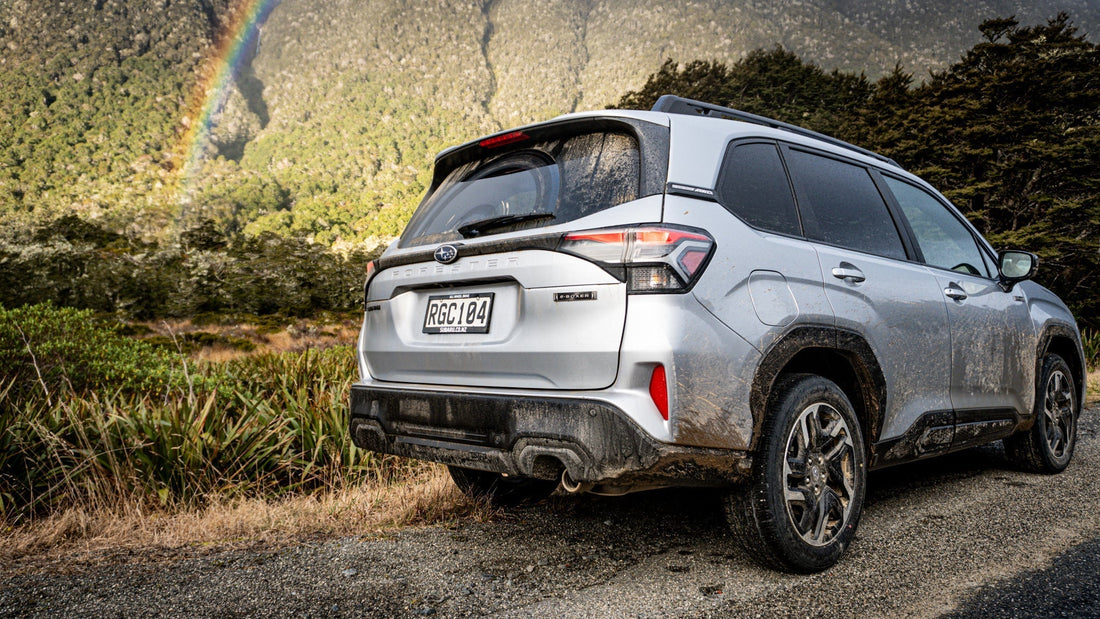
You Can’t Talk About the New Subaru Forester Without Talking About People
Share
By Grace Reeves
There are vehicles built for roads, and vehicles built for people. The all-new Subaru Forester Hybrid AWD, with its e-Boxer engine, is unapologetically both. Rooted in Subaru’s long-standing commitment to adventure and performance, what stood out to me most wasn’t just the engineering — but the human focus behind it. From the moment I heard about it — and especially once I got behind the wheel — I realised: you can’t talk about this vehicle without talking about people.
 I’ve been a Subaru owner before — specifically an Outback — and I have great memories of road-tripping, camping, and sleeping in the back. While the Forester is a different model altogether, I’ve always felt that Subaru delivers exceptional value for money. And I think that still rings true with this latest Forester range.
I’ve been a Subaru owner before — specifically an Outback — and I have great memories of road-tripping, camping, and sleeping in the back. While the Forester is a different model altogether, I’ve always felt that Subaru delivers exceptional value for money. And I think that still rings true with this latest Forester range.
What are my qualifications, you ask? Well, I like cars — and I’ve just spent seven days and more than 1500km exploring in these new Foresters. So let’s talk about what they’re like to live with.
 Designed for Humans
Designed for Humans
What impressed me most wasn’t just the Forester’s capability — though it has plenty — but how deliberately it has been designed to reduce driver fatigue, improve comfort, and enhance safety. Subaru’s broader goal of reducing road fatalities to zero by 2030 seems to be genuinely influencing design decisions across the board.
Everything from the light, effortless steering to the dampening systems that reduce vibration and road noise has been developed with passengers in mind. And for someone who’s a little auditory-sensitive, that makes a difference — it’s much easier to chat between the front and back seats without raising your voice.
 As someone with ADHD, I appreciated the gentle prompts when I became distracted — like the alert that encourages you to check the back seat before locking the car. These features are easily switched off, but they reflect a carmaker that’s thinking about real-world use.
As someone with ADHD, I appreciated the gentle prompts when I became distracted — like the alert that encourages you to check the back seat before locking the car. These features are easily switched off, but they reflect a carmaker that’s thinking about real-world use.
Taken together, these small details create a more thoughtful driving experience. The Forester doesn’t just get you from A to B — it helps you enjoy the journey, stay focused, and arrive feeling that little bit more relaxed. For someone like me, who tends to take the scenic route on purpose, that’s a big win.
The Adventure
Over two days I drove each of the new 2025 Forester models — both hybrid and petrol variants, including the Sport and Touring trims — through Canterbury’s Rakaia River and Lake Heron Station regions. Conditions ranged from tarmac to riverbeds and open farmland, and it was a great opportunity to get a feel for how the range performs off the brochure page.
Following that, I took the Forester Hybrid AWD on a solo road trip from Christchurch to Nelson and back, aiming to put Subaru’s “over 1000km range per tank*” claim to the test. I managed around 880km before refueling — and the fuel light hadn’t even come on yet. That small-print caveat (“real-world results may vary”)? Absolutely fair — driving style makes a big difference.
 I wasn’t especially gentle with it. I took the Forester through mud, flirted with the limits of traction control on gravel, and zipped past traffic with confidence on long passing lanes.
I wasn’t especially gentle with it. I took the Forester through mud, flirted with the limits of traction control on gravel, and zipped past traffic with confidence on long passing lanes.
One leg of the trip included a night-time run into Lake Tennyson — with icy roads, corrugated gravel, and plenty of potholes. Thankfully, the cornering lights were excellent, and the cabin stayed toasty even as the temperature dropped to minus five. I camped in the back overnight and woke to frozen, slippery conditions — the Forester handled it all without fuss.

The rest of the route took me up through forested gravel roads with stream crossings, up to Waikawa, and back via Kaikōura. It’s a varied route, and the Forester never felt out of place — from backcountry campsites to coastal cafés, it adapted easily.
 Capability and Engineering
Capability and Engineering
Under the skin, these Foresters feature sixth-generation symmetrical all-wheel drive paired with Subaru’s e-Boxer hybrid system and a Lineartronic CVT. The e-Boxer setup supplements the petrol engine with an electric motor — providing additional torque when needed and capturing energy through regenerative braking. (It’s likely that some of this tech was developed with Toyota’s help.)
The platform itself is stiffer than before, thanks to a full inner frame, three times more structural adhesive, and direct seat mounting — all contributing to better stability and a 10% improvement in chassis rigidity, according to Subaru.
They’ve also introduced dual-pinion electric power steering. In practice, it’s smooth and accurate with just the right amount of weight — it feels more engaging than most systems in this segment. The Forester has a surprisingly dynamic feel on winding roads, and that responsiveness gives it a confidence that’s hard to fake.
Cabin noise has been kept to a minimum, with thicker glass and more insulation throughout. It’s genuinely quiet on the open road, and voice-level conversation is easy, even in the rear. As someone with a slightly fractured tailbone, I also appreciated the improved seat support — hours behind the wheel were no problem.
Subaru says the Strong Hybrid Electric Vehicle system (SHEV) was designed to improve traction in snow, mud, and dirt — and in my experience, it does. Low-speed acceleration on loose surfaces is quick and consistent, and body roll is impressively controlled for a mid-size SUV. It’s composed, grippy, and predictable — three things I value in a vehicle I take off the beaten path.
There’s no plug-in functionality, which suits me just fine. It’s always charging as you drive, and that’s one less thing to think about on the road.
 Confusion and Delight
Confusion and Delight
Whether navigating icy ruts, cruising over long distances, or cutting through back-road switchbacks, the Forester felt confident and responsive. The digital dash is clear, the sound system is solid, and there are thoughtful options like sport mode and paddle shifters for those who want a bit more engagement.
The hybrid torque delivery makes a difference off-road — especially when ascending narrow tracks or climbing out of ruts. You don’t feel that usual hybrid lag; it’s smooth and assertive. In fact, it’s easy to forget you’re in a hybrid at all.
There were moments on my drive when I caught myself thinking I was in something far more performance-focused. I had to laugh and remind myself: this is a Forester. And that, in itself, is a compliment.
 If I were purchasing, I’d go for the Touring Hybrid — mostly for the little luxuries like electronic seats and a sunroof (I’m solar-powered, after all). But regardless of trim, it’s a capable, comfortable, and quietly adventurous machine.
If I were purchasing, I’d go for the Touring Hybrid — mostly for the little luxuries like electronic seats and a sunroof (I’m solar-powered, after all). But regardless of trim, it’s a capable, comfortable, and quietly adventurous machine.
You could write plenty about its specs, drivetrain, or ride comfort — and it would all be positive. But to focus only on the mechanics would miss the bigger picture. This is a vehicle built for real people. The ones who ski in the morning and shop in the afternoon. The ones who camp, commute, explore, and live life in motion.
It’s a hybrid with character — and it looked after me. That, more than anything, might be its greatest strength.

